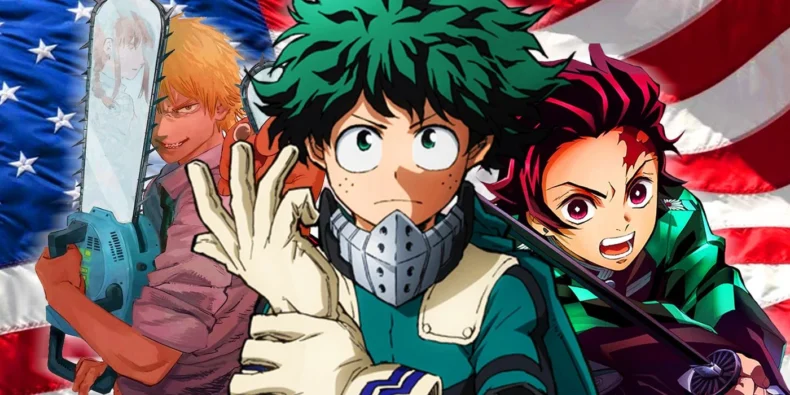Anime as an art form holds a very underrated niche in the Indian entertainment industry. Japanese animation studios are generally associated with cartoons on a cliched plotline and a predictable format by the common public. Surprisingly, most Indian millennials have grown up watching the same repetitive Doraemon episodes throughout their childhood. Thanks to a lack of good quality Indian cartoons, the industry could never actually penetrate the main segments of Indian pop culture until now. Only a few could hold a child to its seat.
A child’s mind, as immature and naive it is, still can reliably identify quality content. For many, leaving middle school was the same as leaving behind childhood comfort activities. Animation studios have never had a good incentive to create quality content for children, thanks to the market evaporating due to their creations.
Catering to the much larger older audience has been practically impossible due to the common preconceived notions. In an industry saturated with content, it becomes challenging to penetrate and change the thinking simultaneously.
Anime lovers often take pride in it. The industry doesn’t shy away from complex topics and characters while beautifully explaining contrasts and conflicts. The use of metaphors and intricate design language hooks the audience of every age group once the stigma associated with it is sidelined.
The genres are as vast as any mode of entertainment and can practically cater to every type of audience. Another reason people love anime is that such visuals are simply unfeasible to replicate in the CGIs of even the big-budget entertainment studios. Providing character on a 2D plane requires months of planning and years of hard work.
The level of effort that goes into making something of this scale while catering to a very niche segment is phenomenal. Even if we put aside a manga fanbase, that is the respective comic of an anime adaptation. Many shows have been running for more than ten years and have accumulated generational audiences. This anime culture was historically limited to people who stumbled upon their subreddits in the early days of the internet or happened to like them while switching channels on their cable TV.
There wasn’t a marketing model, and the exclusive anime channels weren’t sustainable enough. Hence, quickly shut down. What changed these dynamics was the rise of pirated streaming and downloading services in India. It started as reality disconnect recommendations for hostel students limited to peer file transfers. Even today, most viewership comes from pirated sites and peer-to-peer downloads due to the unavailability of titles and slow acceptance by mainstream OTT platforms. The lack of legitimate media is responsible for siphoning off a significant chunk of revenue from the already underfunded studios and artists.
Frame-by-frame animation is incredibly time-consuming. One primary reason is the highly specialized and labor-dependent industry. This is also why Indian studios decided to stick to monotonous 2D characters that lacked any creative depth. Despite these conditions, the industry has been steadily flourishing in the country. In 2019, an anime film ‘Weathering with You’ saw the biggest opening for a non-English foreign film with ₹6.6 million opening box office collections, as reported by The Hindu.
Due to the targeted nature of AI-enabled social media platforms, curated personalized content has helped to keep the fanbase loyal and spread the word. A lot of hype has been seen within the student community. The final season of ‘Attack on Titans’ is airing weekly while a gripping season of another popular anime, ‘Demon Slayer, ‘ is running parallel.
The lockdown only helped grow the community as many found themselves desperate for different content and ventured into more diverse forms of entertainment. It will be fascinating to see how the industry transforms itself in the near future.
Edited by- Subbuthai Padma
Published by- Radhika. N













